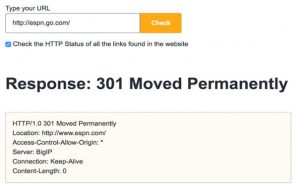How To Fix The HTTP Error Code 301 And Reason For This Failure

When I browsed a website in my computer, I came across to a failure message error code 301 Moved Permanently. What is the significance of this fault?













